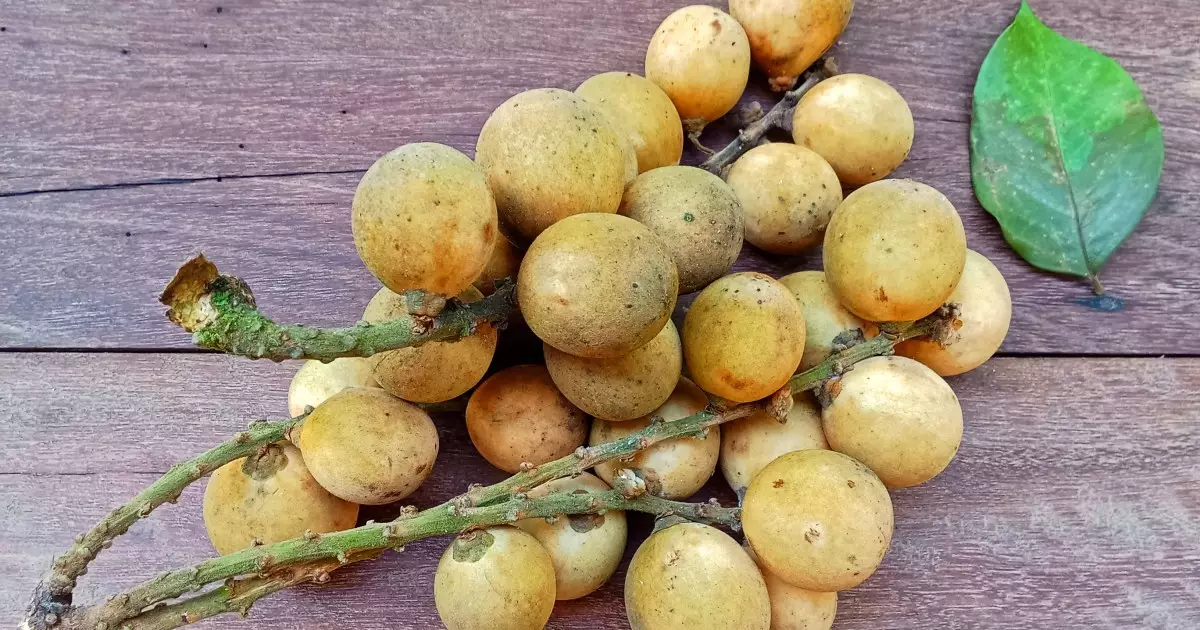In our quest to offer our furry companions the best possible treats, the world of exotic fruits often beckons. Lanzones, a tropical delight native to regions like Southeast Asia, exemplifies this allure. Known for their sweet, juicy flesh and slightly tangy flavor, these fruits could easily capture the curiosity of adventurous dog owners indulging in farmer’s markets and international food fairs. However, as tantalizing as they may seem, the question arises: Can dogs safely enjoy lanzones, or do they conceal dangerous secrets?
The Toxic Truth Behind Lanzones
The tantalizing sweetness of lanzones quickly fades when one delves into the safety concerns associated with them. Despite their appeal, these fruits harbor toxic components, primarily in their seeds. The seeds of lanzones contain tannins, substances that pose a significant risk to canine health. Unlike more commonly accepted fruits like apples—where the flesh can be enjoyed after seed removal—lanzones are an altogether different story. The heart of the matter lies in the seeds’ deception: they closely resemble the flesh, making them incredibly easy to overlook during preparation. The chance of inadvertently leaving a seed intact is a risk that simply outweighs the potential benefits of offering this fruit to dogs.
The Lack of Research: A Cautionary Note
A major point of concern when it comes to introducing any new food into a dog’s diet is the scarcity of reliable research. In the case of lanzones, anecdotal evidence and personal accounts sometimes suggest that the fruit’s flesh might be safe for dogs. However, the absence of substantial scientific backing creates a murky waters scenario for pet owners. Exotic fruits often fall outside the scope of mainstream veterinary studies, leading to opinions that lack consensus. Consequently, it’s advisable to err on the side of caution—consult with a veterinarian before allowing your pet to explore unique culinary options.
Comparative Risks with Other Fruits
Some fruits, such as grapes and cherries, are unequivocally toxic to dogs—yet others, like apples and bananas, can be healthful treats when prepared properly. This creates a complicated landscape for pet owners attempting to decode which fruits are safe. Lanzones find themselves in a grey category due to their lethal seeds, raising alarms similar to those shared with grapes. The common thread here is epidemiological: both can lead to cyanide poisoning if consumed in excessive amounts. While the level of toxicity varies, the potential for rapid-onset health complications in dogs is a crucial consideration.
Recognizing Toxicity: Signs to Watch For
Understanding how to recognize symptoms of poisoning can be vital for pet owners. Should a dog accidentally consume lanzones, vigilance is essential. Symptoms such as profuse salivation, rapid panting, and convulsions can indicate cyanide toxicity and require immediate medical intervention. It is essential not to underestimate the severity of these symptoms, even if the dog currently appears stable. An allergic reaction may manifest differently, presenting issues like rashes or swelling around the mouth, further complicating the health landscape. When in doubt, swift communication with a veterinary professional can’t be emphasized enough.
Why It’s Best to Avoid Lanzones Altogether
Given the potential for adverse effects, the question isn’t whether we should prepare lanzones for our dogs, but rather why we would bother to consider it at all. With the risks that such a fruit entails, including the possibility of overlooking seeds or misjudging portion sizes, the margins for error are extraordinarily slim. Instead of inviting uncertainty into our pets’ diets, it would be far wiser to choose safer fruit options that can be easily prepared and enjoyed without the threat of toxicity. The safety and well-being of our canine companions should always come first, guiding our choices toward fruits that offer not only a treat but peace of mind as well.

